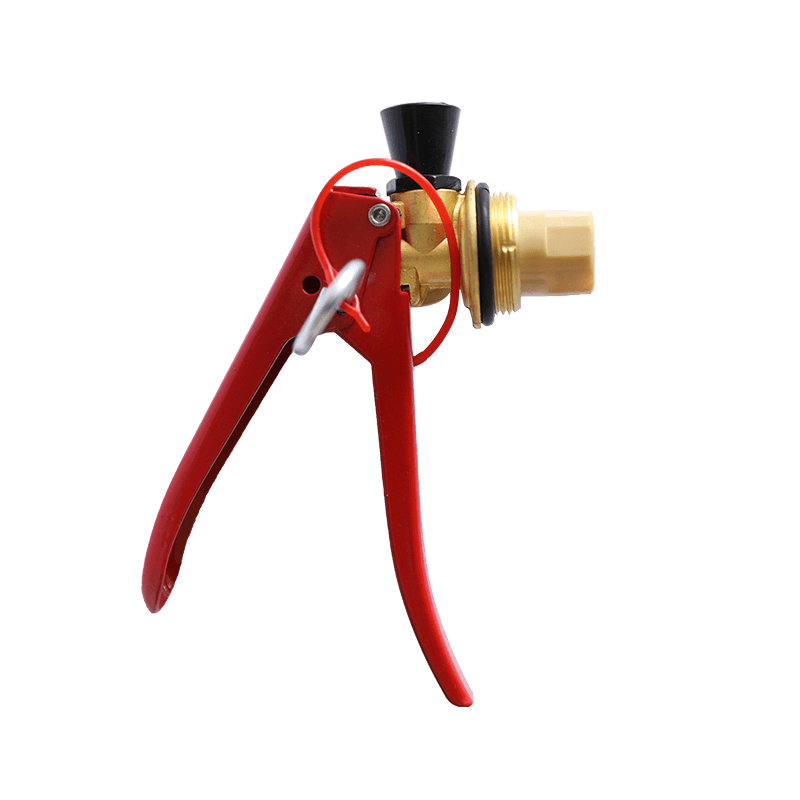The control signal in the chemical system automatically […]
The control signal in the chemical system automatically adjusts the opening of the valve, so as to realize the adjustment of the medium flow, pressure, temperature and liquid level.
1. Working principle of self-operated temperature control valve (heating type)
The temperature regulating valve works according to the principle of liquid incompressibility and thermal expansion and contraction. Self-operated temperature control valve for heating. When the temperature of the controlled object is lower than the set temperature, the liquid in the temperature bulb shrinks, the force acting on the actuator rod is reduced, and the valve core component opens the valve under the action of the spring force. , Increase the flow of heating medium such as steam and hot oil to increase the temperature of the controlled object until the temperature of the controlled object reaches the set value, the valve closes, after the valve is closed, the temperature of the controlled object drops, the valve opens again, and the heating medium again Entering the heat exchanger causes the temperature to rise again, so that the temperature of the controlled object becomes a constant value. The valve opening is related to the difference between the actual temperature of the controlled object and the set temperature.
2. Working principle of self-operated temperature control valve (cooling type)
The working principle of the self-operated temperature control valve for cooling can refer to the self-operated temperature control valve for heating, but when the spool part opens and closes under the action of the actuator and the spring force, contrary to the temperature shut-off valve, the cold medium is passed through the valve body, which is mainly used Temperature control in the cooling device.
3. Working principle of self-operated flow control valve
After the controlled medium is input to the valve, the pressure P1 before the valve is input into the lower membrane chamber through the control line, and the pressure Ps after being throttled by the throttle valve is input into the upper membrane chamber. The difference between P1 and Ps, namely △Ps=P1-Ps, is called the effective pressure. . The difference between the thrust generated by P1 on the diaphragm and the thrust generated by Ps on the diaphragm is balanced with the spring reaction force to determine the relative position of the valve core and the valve seat, thereby determining the flow rate through the valve. When the flow through the valve increases, that is, △Ps increases. As a result, P1 and Ps act on the lower and upper membrane chambers respectively, causing the valve core to move toward the valve seat, thereby changing the flow area between the valve core and the valve seat. Ps increases, the thrust of Ps acting on the diaphragm plus the spring reaction force and the thrust of P1 acting on the diaphragm create a balance in the new position to achieve the purpose of controlling the flow.
www.hengjiafire.com
